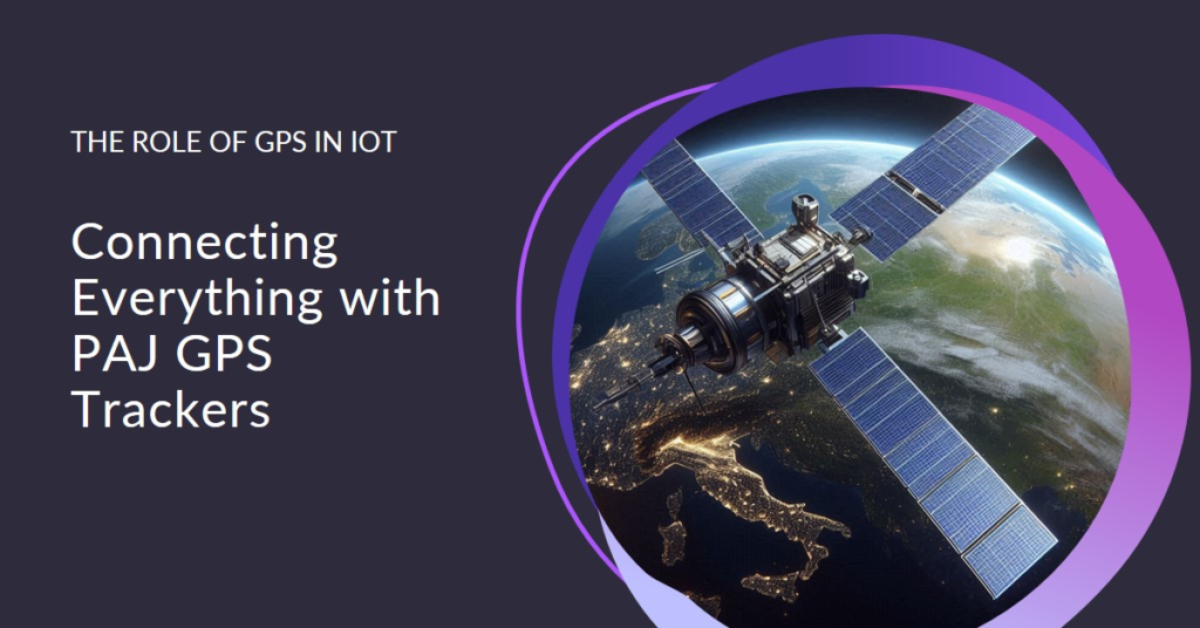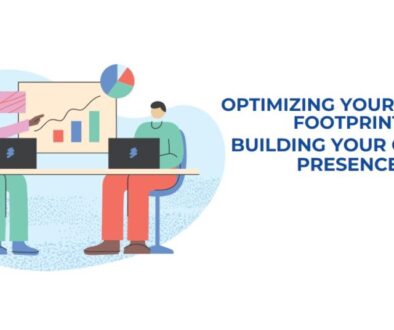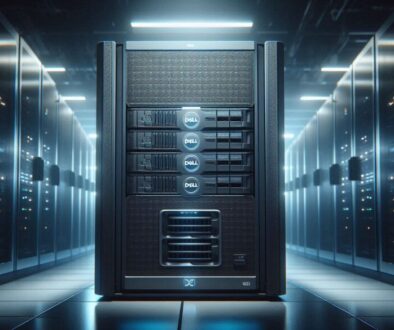The Role of GPS in IoT: How PAJ GPS Trackers are connecting almost everything in the future
Geolocation is a technology that has been democratized since the 1990s. This technology relies solely on satellite networks. Since then, other modes of connectivity and usage have expanded geolocation applications to many sectors of the economy. Asset tracking, as facilitated by PAJ technolocgy, is one of the most significant applications.
What is geolocation?
It is a technology created to determine the location of an object or person with a certain precision. This technology is generally based on GPS systems or on cell phone communication interfaces. The applications and purposes of geolocation are diverse: from navigation assistance to connecting people, but also real-time management of personnel resources and company vehicles, and much more.
Today’s situation
Now, the decrease in the cost of components and their miniaturization, the development of high- and low-speed mobile networks, and the intensification of global trade are gradually forcing the geolocation of goods as an affordable and mature IoT service. Asset tracking consists of determining the geographic location of all types of resources essential for carrying out the organization’s activities: equipment, tools, raw materials, human resources, vehicle fleet, etc.
Why asset tracking?
- Asset tracking meets three main needs of any organization, especially in this IoT era:
- Better understand its flows and improve its processes
- Reduce loss and theft of equipment or goods
- Ensure proper monitoring of its employees’ instructions or safety
Asset tracking concerns all types of properties and surface areas. From the location of a medical bed in a hospital to the location of a container crossing the Atlantic Ocean. Goods flows without a geographical location are generally controlled at specific checkpoints. The control is manual often irregular, and most importantly unsustainable.
Some of the key sectors that benefit from asset tracking:
1. Mobility
New means of transportation in cities are entirely dependent on geo-location. While bus stops and metro stations are fixed, this does not apply to self-service scooters, for example. It is important to know exactly which scooters are available and where.
2. Security and prevention
To protect your vehicle, geolocation technology can trace the path of a stolen vehicle and locate it. Companies like PAJ GPS offer a wide range of GPS trackers that in addition to protecting the vehicle, automatically notify the owner if it passes through a certain area. Geolocation solutions can be accelerated with incentives from insurance companies. For example, in the field of car insurance, some companies are already removing theft cost deductions when the vehicle is equipped with a GPS tracker.
3. Construction and public works
With theft at construction sites increasing year by year, the construction sector is one of the first to be affected by asset tracking. In this case, it is a matter of tracking machinery, but also equipment and materials (especially copper and cables).
4. Agriculture
The agriculture sector implements asset-tracking solutions on several levels:
- Locating livestock (preventing animals from straying)
- Securing valuable equipment
- Developing autonomous robots in the field
5. Heavy industry
Factories and mines use geolocation to protect themselves from theft or loss and prevent accidents to employees (landslides in mines or accidents in factories).
6. Logistics
In this sector, geolocation has been used for a long time, but modern IoT solutions enable the recovery of more data and optimize routes. More than just geolocation, sensors also provide information about the integrity of the shipment (temperature, shock, humidity).
7. Public sector
Two public sectors are rapidly adopting geolocation: healthcare and education. For hospitals, this relates to the ability to quickly deploy drugs, machinery, or consumables, otherwise, mistakes can be fatal. For education, the objects to be tracked are mainly IT equipment (computers, projectors) or library books.
GPS tracking is undoubtedly an indispensable part of the overall application of IoT. Basically, geolocation technology is the best link between individuals and their improvement. That is the picture of convenience in the future.



